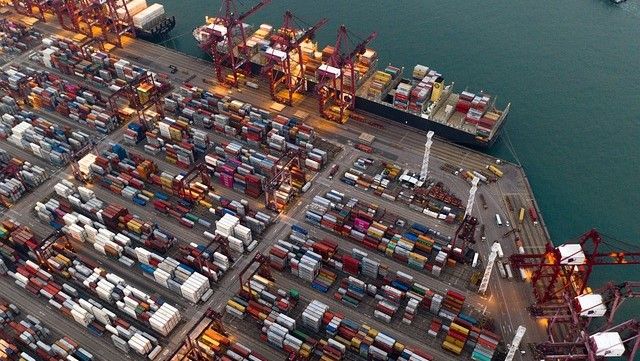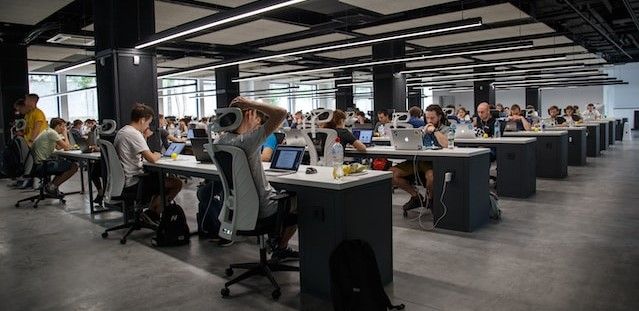Raw material prices are a crucial factor in the chemical industry. The prices of raw materials, such as sodium nitrate, potassium carbonate, and sodium tripolyphosphate, have a direct impact on production costs and ultimately determine the market price of manufactured goods.
The unpredictability of raw material prices has made it essential for companies to adopt effective procurement strategies to remain competitive. They must consider the total cost associated with procurement beyond the purchasing price and work towards creating value in collaboration with their suppliers.

With this in mind, the following are the five levels of maturity, starting from the worst to the best practices in procurement:
Level 1: Unstructured
This level reflects a disorganized procurement process that lacks clear objectives and documentation. The lack of structure often leads to mismanagement of raw material procurement.
For example, junior members of the team are left to purchase stock based purely on catalogue prices. While this process is quick and easy, it can lead to large one-time purchases where over-stocking becomes an issue. There may also be a lack of planning which leads to shortages and hurried purchases on ‘rush order’. Additionally, quality issues may not be discovered until it is too late.
Level 2: Emerging
At this level, the procurement process becomes more structured, and policies are introduced. However, the process lacks the monitoring and evaluation of relevant metrics to ensure efficiency. This can mean that the total cost paid by the business is higher, despite savings made on the raw material purchased.

At this level, a common purchasing technique is to approach multiple suppliers and request a price for the same raw material. While a low price can be achieved, product quality is not considered highly. It also sets suppliers against each other, creating an adversarial relationship for all involved.
Low-cost suppliers are also at higher risk or going out of business, creating a sudden supply chain collapse.
Level 3: Standardized
Here, the procurement process has achieved a standard level of structure. Relevant metrics are monitored and evaluated, and reports are produced to ensure efficiency.
With a more streamlined list of suppliers, the situation is simpler to follow, allowing for total costs, such as logistics and product quality to be better managed. Time can also be spent on developing a positive relationship between buyer and supplier. This cooperation in the long-term allows the supplier to develop their business around the needs of the purchasing company.

Level 4: Advanced
This level entails process improvement and focuses on the continuous enhancement of procurement through benchmarking and supplier collaboration.
In this model, the whole company works more closely with key suppliers and involves them in long-term planning and decisions. In this way, suppliers can develop raw materials in collaboration with the purchaser. Common standards can be agreed upon and the supply chain becomes more integrated with the manufacturers output and final customer needs.
Adopting this level of buying process requires highly experienced procurement teams, often including those with manufacturing know-how or engineers who have worked in industrial production.
Some members of the purchasing staff may even struggle to embrace such a cooperative stance with suppliers, retaining an antagonistic mindset. At the same time, finding a supplier who is willing to change their practices to suit the requirements of a single customer might also not be possible.
Level 5: World-class
The highest level of maturity in procurement governance involves the continuous improvement and optimization of processes. Here both purchaser and supplier work together in leveraging technology and innovation to enhance efficiency, effectiveness, and value for both businesses.
Such a level of coordination takes years to develop and requires matching company goals and joint investment. It also carries the risk that as markets change, neither side can guarantee that both companies’ final objectives will be met.
For the buyer, strategies adopted will have to involve all business departments and should include purchasers with serious industrial experience. The overall approach should be led with strong input at an executive level.

It is also important to be aware of the following kick-back from any proposed changes to procurement policy, especially as humans are typically reluctant to upset the status quo.
Common challenges in adopting new practices for purchasing raw materials include:
1. Resistance from within the purchasing organization. This can also occur in other departments if changes are not supported by senior management.
2. Poor supplier selection. For example, a raw material provider may be too big to pay attention to suggested changes in the relationship.
3. Poor supplier relationship. If previous deals have been acrimonious, any proposals towards a more cooperative working environment can be met with distrust.
For this reason, any changes towards a higher level of purchasing strategy should be taken on piecemeal. This will allow staff to adjust to new methods and allow supplier relationships to develop over time. It may also be worth testing out new policies on one or two suppliers, learning from that success and/or failure before expanding to other dealers.
Adopting best practices in procurement, as outlined in these five levels, can help companies navigate the volatility of raw material prices in the chemical industry. By working collaboratively with suppliers, streamlining procurement processes, and considering the total cost beyond purchasing prices, companies can strive to gain competitive advantage and improve profitability.
But that is always easier said than done.
Photo credit: Valdas Miskinis from Pixabay, Thanasis Papazacharias, Bellergy RC, Product School on Unsplash, & Alex Kotliarskyi